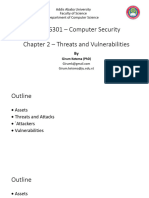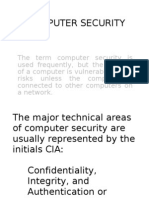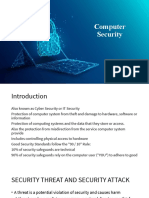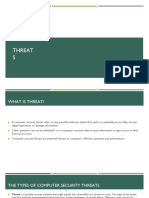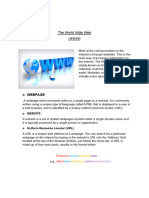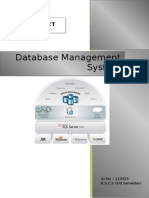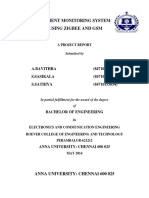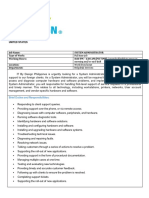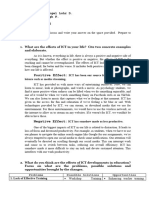0% found this document useful (0 votes)
8 views3 pagesCape Notes Unit 2 Module 3 Content 3
The document outlines the threats and vulnerabilities posed by Information Technology System components to organizations, including risks from the Internet, malware, and employee actions. It defines key terms such as threats, vulnerabilities, countermeasures, and types of attacks, detailing examples like adware, spyware, and viruses. Additionally, it discusses the implications of encryption and the challenges of disposing of obsolete equipment, emphasizing the need for effective countermeasures to protect organizational integrity.
Uploaded by
EMMA SLAYCopyright
© © All Rights Reserved
We take content rights seriously. If you suspect this is your content, claim it here.
Available Formats
Download as PDF, TXT or read online on Scribd
0% found this document useful (0 votes)
8 views3 pagesCape Notes Unit 2 Module 3 Content 3
The document outlines the threats and vulnerabilities posed by Information Technology System components to organizations, including risks from the Internet, malware, and employee actions. It defines key terms such as threats, vulnerabilities, countermeasures, and types of attacks, detailing examples like adware, spyware, and viruses. Additionally, it discusses the implications of encryption and the challenges of disposing of obsolete equipment, emphasizing the need for effective countermeasures to protect organizational integrity.
Uploaded by
EMMA SLAYCopyright
© © All Rights Reserved
We take content rights seriously. If you suspect this is your content, claim it here.
Available Formats
Download as PDF, TXT or read online on Scribd
/ 3


